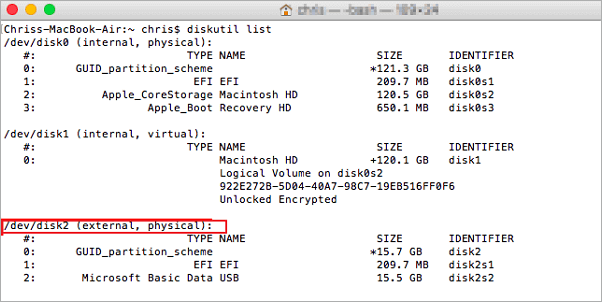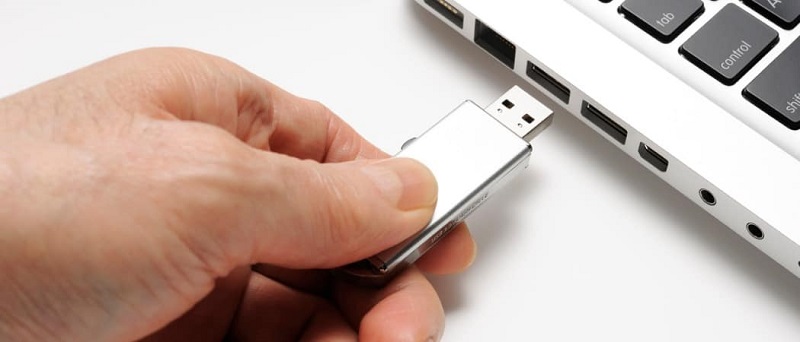

- #REFORMAT USB FOR MAC HOW TO#
- #REFORMAT USB FOR MAC FOR MAC#
- #REFORMAT USB FOR MAC MAC OS#
- #REFORMAT USB FOR MAC PC#
- #REFORMAT USB FOR MAC MAC#
Plug the USB drive into your Mac computer.If you plan to use your USB drive across both Windows and Mac system, you mat need to format your drive as one of MS-DOS (FAT) and ExFAT.Īlthough there’s no a feature like quick-format of Windows system in Mac, but you can use the built-in feature called Disk Utility to format your USB drive quickly. MS-DOS (FAT): Use for Windows volumes that are 32 GB or less.ĮxFAT: Use for Windows volumes that are over 32 GB.

#REFORMAT USB FOR MAC MAC OS#
Mac OS Extended (Case-sensitive, Journaled, Encrypted): Uses the Mac format, is case-sensitive to file and folder names, requires a password, and encrypts the partition.īesides, there’re two more formats for you to choose: For example, you can simultaneously have a folder “SUPEREASY” and another folder named “supereasy” in your USB drive formatted as this type. Mac OS Extended (Case-sensitive, Journaled): Uses the Mac format and is case-sensitive to file and folder names. Mac OS Extended (Journaled, Encrypted): Uses the Mac format, requires a password, and encrypts the partition. Mac OS Extended (Journaled): Uses the Mac format (Journaled HFS+) to protect the integrity of the hierarchica file system. For example, you can simultaneously have a folder “SUPEREASY” and another folder named “supereasy” in your USB drive formatted as this type.ĪPFS (Case-Sensitive, Encrypted): Uses the APFS format, is case-sensitive to file and folders names, and encrypts the partition. There’re different formats of APFS and Mac OS Extend.ĪPFS: Uses the APFS format, recommended for macOS 10.13 or later.ĪPFS (Encrypted): Uses the APFS format and encrypts the partition of your USB drive.ĪPFS (Case-Sensitive): Uses the APFS format and is case-sensitive to file and folder names. Except these two situations, we recommend formatting your USB as APFS for higher speed and reliability. In addition, Time Machine can’t currently back up to an APFS drive, so if you’re going to use your USB drive for Time Machine backups, also choose to format your USB as Mac OS Extend. So if you plan to plug your USB drive into a Mac running an older version of macOS, choose to format your USB as Mac OS Extend. If your Mac computer is running macOS High Sierra or later, there’re two options for you: Apple File System(APFS) and Mac OS Extend If your Mac computer is running older macOS than High Serria, you can just only format the USB drive as Mac OS Extend.ĪPFS is more reliable and faster than Mac OS Extend. Unless you’re going to use your USB drive on both your Windows computer and macOS computer, we suggest you format your USB drive as macOS’ native File System format. USB drives formatted with FAT32 can be read and written by your Mac computer though, but it’s not optimal. In Microsoft Windows system, there’re several types of File System, FAT32 is the mostly widely supported and popular one. Read on and see how… Part 1: What are the supported file system formats on my Mac computer?įile system is used to store and organize data on media, including your USB drives.
#REFORMAT USB FOR MAC HOW TO#
We’re going to show you how to format a USB on a Mac for using USB without problem on Mac in this article. When the Properties window opens, select the General tab and you’ll see what type of file system your flash drive is currently with next to the File system.You are not able to use the brand-new USB drive on your Mac computer? Or, you just want to remove everything on your USB drive connected with your Mac computer? Don’t worry.
#REFORMAT USB FOR MAC PC#
Go to This PC or File Explorer, find your flash drive under Devices and drivers. Make sure your device is recognizable and can be detected. Plug your flash drive into your computer’s USB port, first of all. You can go ahead and format your storage drive with exFAT instead of FAT32, as long as all devices that you choose to use exFAT allow for the drive. It is therefore perfect for a USB flash drive or external disc, particularly when files need to be saved in size greater than 4 GB. Meanwhile, exFAT is the only file system that works for both Windows and macOS versions and has no overall file space or partition space restrictions. Luckily, there is a file system (exFAT) that allows you to format your flash drive to be completely Mac and PC compatible. If your disc was originally formatted to NTFS on a PC (or HFS+ on a Mac), you are more likely to encounter restrictions, such as that the data on your drive can not be read or written on either of your computers. If you have a USB or flash drive, and you’re trying to use it on both a Mac and a Windows PC, you’ll probably face some issues.
#REFORMAT USB FOR MAC FOR MAC#
Formatting Flash Drive for Mac and PC Compatibility (exFAT) Flash Drive for Mac & PC Compatibility


 0 kommentar(er)
0 kommentar(er)
